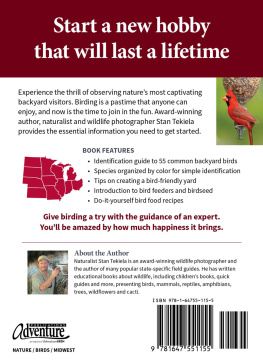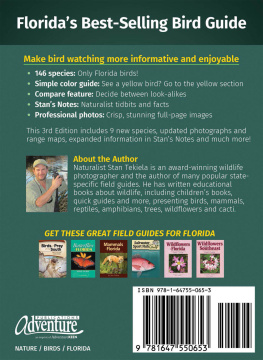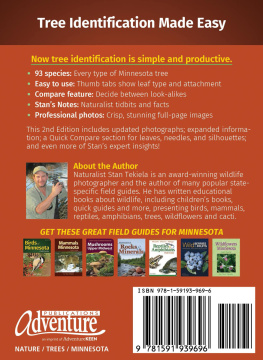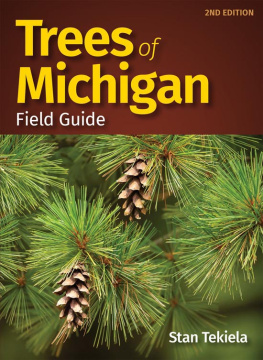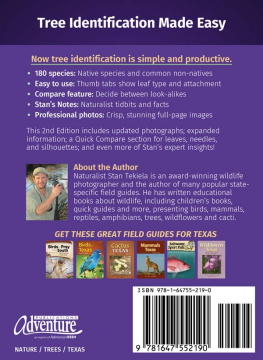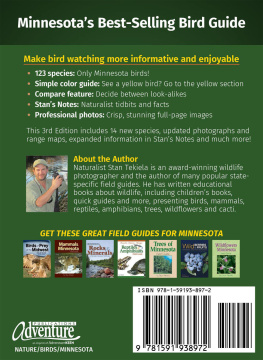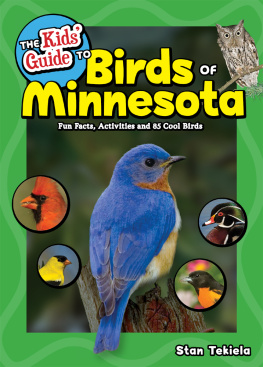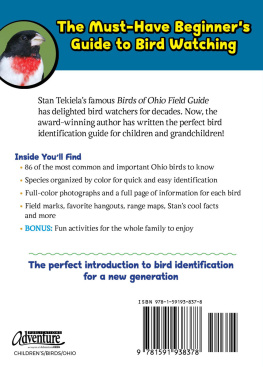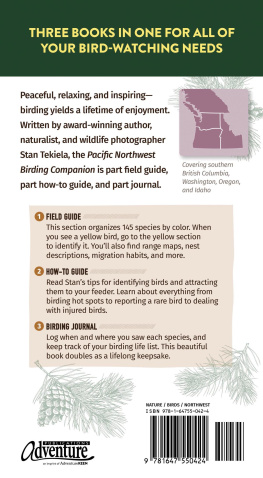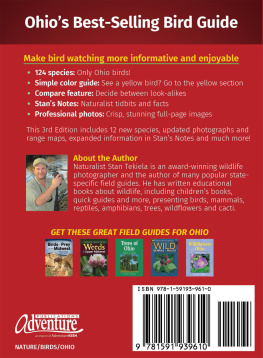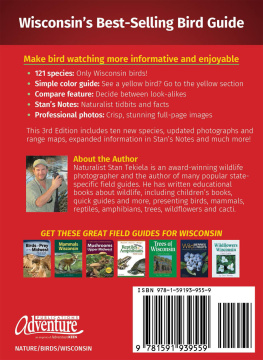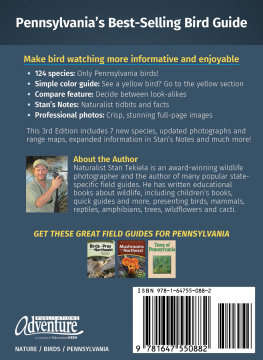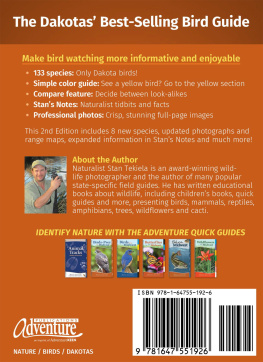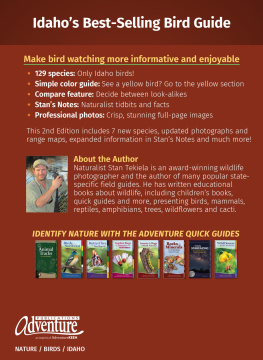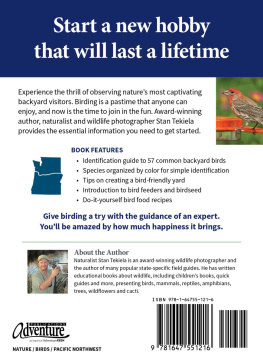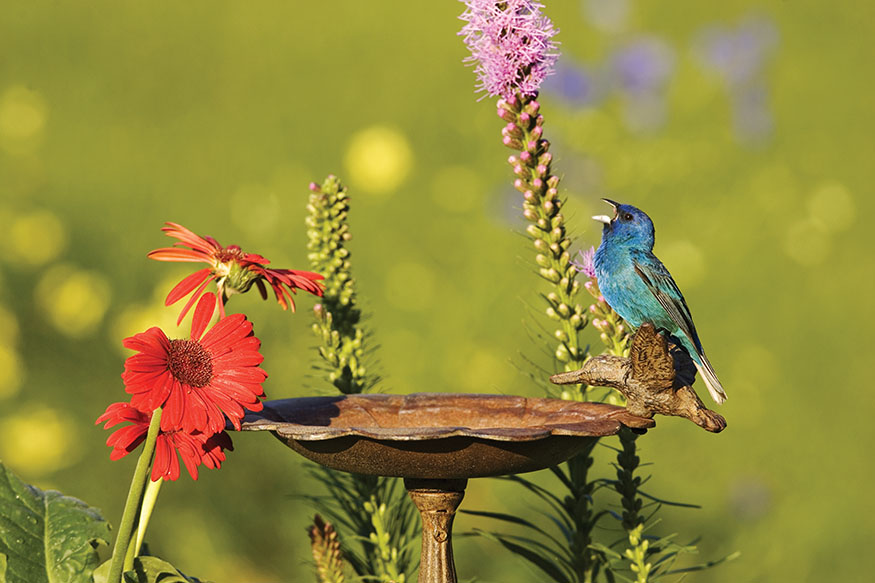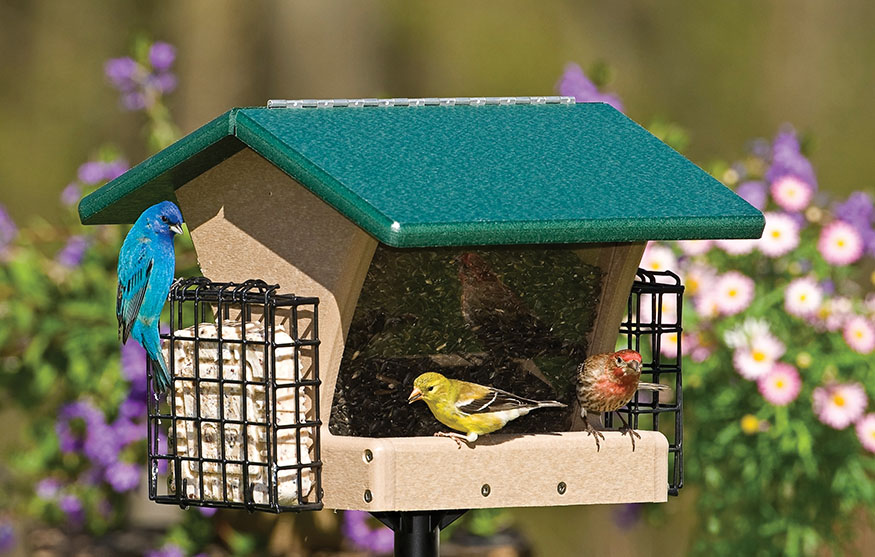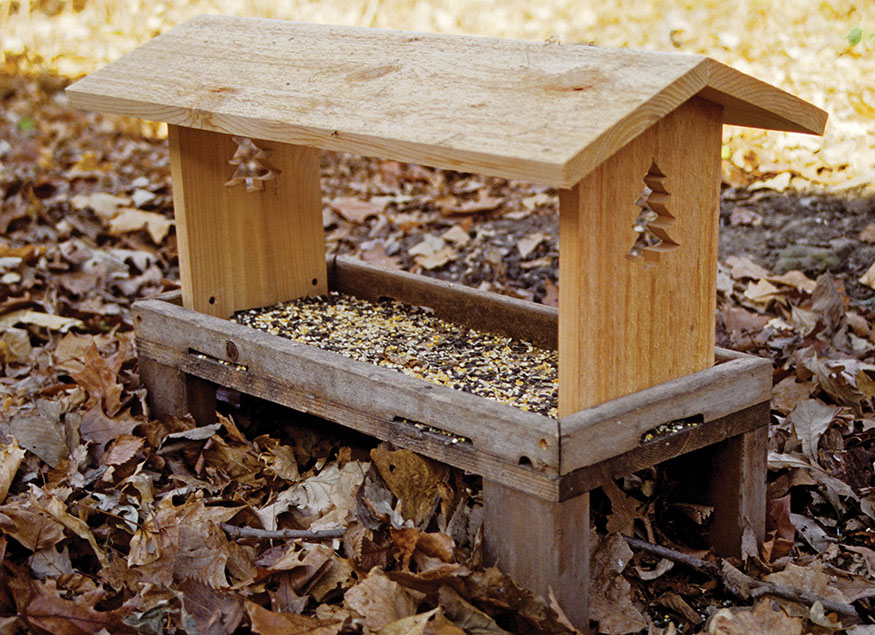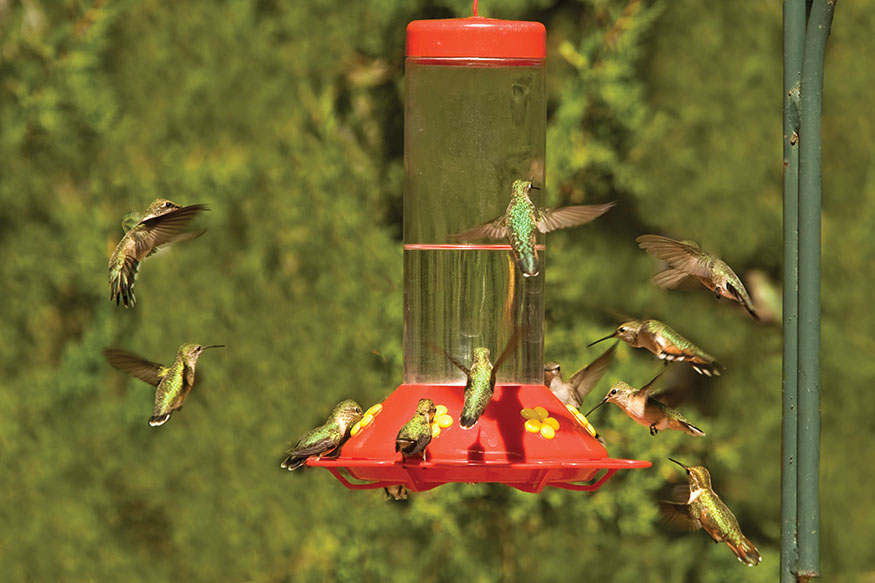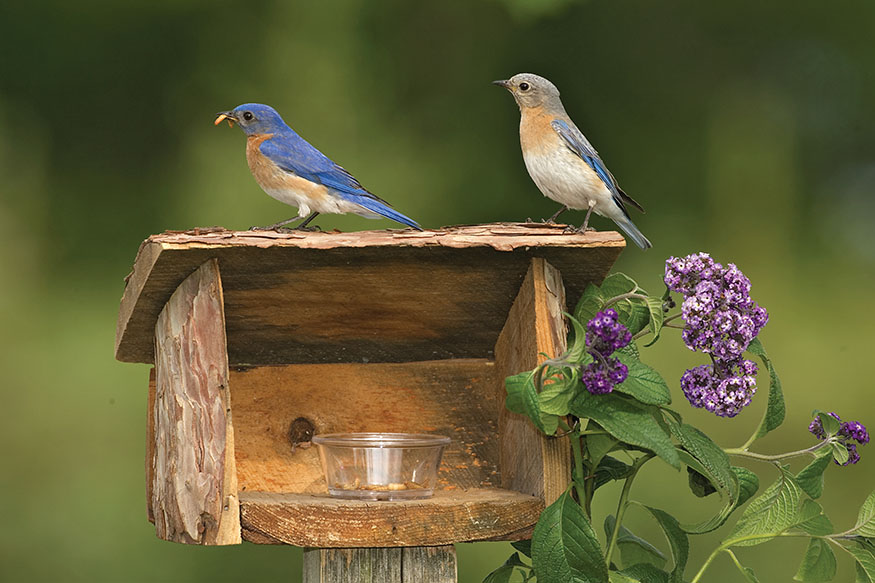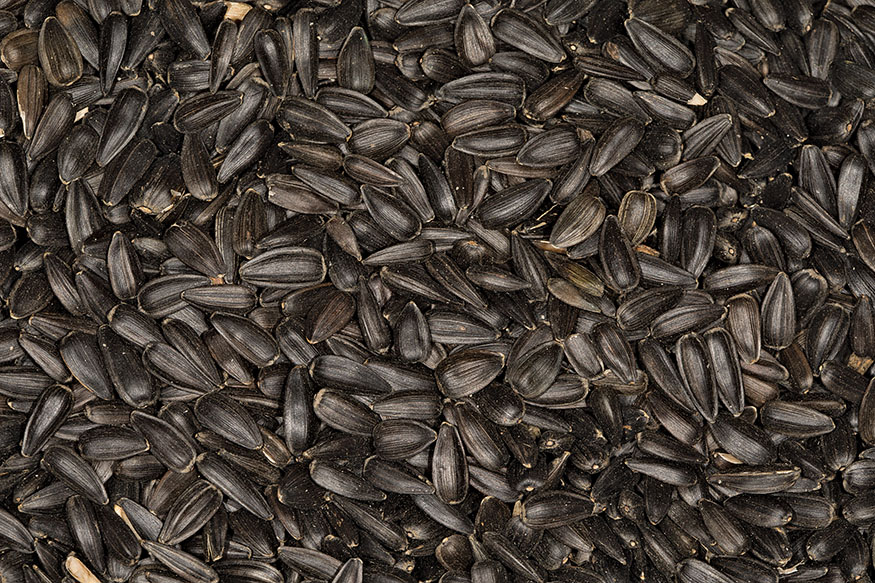Stan Tekiela - Stan Tekielas Birding for Beginners: Midwest: Your Guide to Feeders, Food, and the Most Common Backyard Birds
Here you can read online Stan Tekiela - Stan Tekielas Birding for Beginners: Midwest: Your Guide to Feeders, Food, and the Most Common Backyard Birds full text of the book (entire story) in english for free. Download pdf and epub, get meaning, cover and reviews about this ebook. year: 2020, publisher: Adventure Publications, genre: Home and family. Description of the work, (preface) as well as reviews are available. Best literature library LitArk.com created for fans of good reading and offers a wide selection of genres:
Romance novel
Science fiction
Adventure
Detective
Science
History
Home and family
Prose
Art
Politics
Computer
Non-fiction
Religion
Business
Children
Humor
Choose a favorite category and find really read worthwhile books. Enjoy immersion in the world of imagination, feel the emotions of the characters or learn something new for yourself, make an fascinating discovery.
- Book:Stan Tekielas Birding for Beginners: Midwest: Your Guide to Feeders, Food, and the Most Common Backyard Birds
- Author:
- Publisher:Adventure Publications
- Genre:
- Year:2020
- Rating:4 / 5
- Favourites:Add to favourites
- Your mark:
Stan Tekielas Birding for Beginners: Midwest: Your Guide to Feeders, Food, and the Most Common Backyard Birds: summary, description and annotation
We offer to read an annotation, description, summary or preface (depends on what the author of the book "Stan Tekielas Birding for Beginners: Midwest: Your Guide to Feeders, Food, and the Most Common Backyard Birds" wrote himself). If you haven't found the necessary information about the book — write in the comments, we will try to find it.
Find Joy in the Beauty and Wonder of Birds
Birding is among the most popular outdoor activitiesespecially in the Midwest, where hundreds of different bird species can be seen and observed. Now is the perfect time to join the fun and let our feathered friends astonish and inspire you. Award-winning author, naturalist, and wildlife photographer Stan Tekiela has written best-selling bird identification guides for every Midwestern state. In Stan Tekielas Birding for Beginners: Midwest, he provides the information you need to become a skilled birder in Illinois, Indiana, Iowa, Kansas, Michigan, Minnesota, Missouri, Nebraska, North Dakota, Ohio, South Dakota, and Wisconsin.
The first section of the book presents how to information. Learn the basics of bird feeders. Get to know your birdseed. Create a bird-friendly yardand even make your own bird food with do-it-yourself recipes.
The books second section is an identification guide, featuring 55 Midwestern birds that are most likely to be seen at your backyard feeder or near your home. The species are organized by color, making it simple to identify what you see. If you spot a yellow bird, go to the yellow section to discover what it is. Each bird gets a full-page photograph with notations about key field marks, or identification characteristics. The full-color photos are paired with information ranging from the birds nest and eggs to favorite foods, as well as Stans fascinating naturalist notes.
Give birding a try, and get started with the guidance of an expert. Youll be amazed by how much joy birds can bring, and youll have a lifetime to enjoy them.
Stan Tekiela: author's other books
Who wrote Stan Tekielas Birding for Beginners: Midwest: Your Guide to Feeders, Food, and the Most Common Backyard Birds? Find out the surname, the name of the author of the book and a list of all author's works by series.

